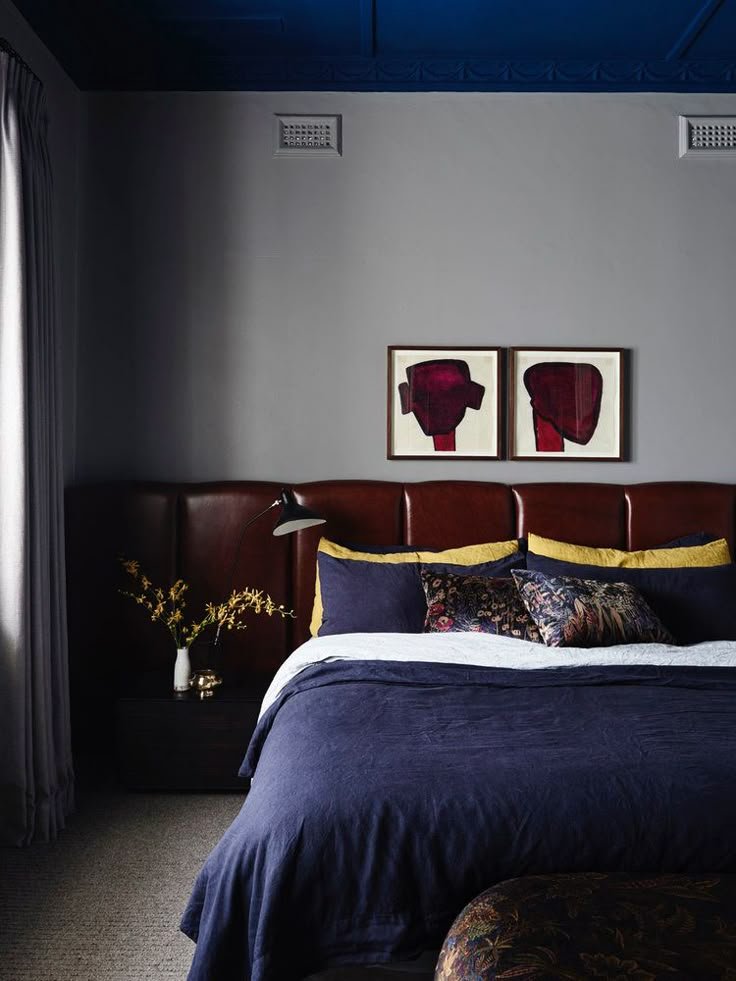The Art of Play: Why Experimenting with Placeholders is Key in Interior Design
In late elementary school, I began to rearrange my childhood bedroom in every imaginable floor plan as a form of play. What I didn't realize at the time was how this playful experimentation was laying the foundation for my future career in interior design. The process of moving furniture, trying out new layouts, and living with them—even when they didn’t quite work—helped me develop a keen sense of what does and doesn't work in a space. It taught me that interior design is as much about exploration as it is about precision.
This concept of playfulness and experimentation is something I carry into every project today, and I encourage you to do the same. Whether you're a seasoned designer or just starting to dabble in redecorating your own home, the act of "playing with placeholders" is a powerful tool in the design process.
Why Placeholders Matter
When arranging a room, the final look can often feel just out of reach—until you embrace the beauty of placeholders. Think of placeholders as temporary stand-ins that allow you to experiment with different elements without the commitment. They’re the practice round before the big game, the rough draft before the final edit.
Placeholders can be anything: a stack of books standing in for a side table, a crate or stool borrowed from another room to test out an accent piece, or even a simple box to simulate the volume of a yet-to-be-purchased ottoman. These substitutions help you experiment with scale, balance, and flow before you invest in the final pieces.
The Benefits of Playing with Placeholders
1. Flexibility and Creativity:
Placeholders give you the freedom to try out different arrangements without any pressure. You might discover that a layout you hadn't considered works beautifully, or that a particular piece of furniture is better suited for another room altogether. This flexibility allows your creativity to flourish, helping you think outside the box and create a space that truly reflects your style.
2. Cost-Effective Decision Making:
By using placeholders, you can avoid costly mistakes. How many times have you purchased a piece of furniture only to find it doesn't quite fit the way you envisioned? By experimenting with placeholders first, you can ensure that the proportions, colors, and placement are just right before making any financial commitments.
3. Functionality First:
One of the most important aspects of interior design is functionality. A room might look stunning in a magazine, but if it doesn’t work for your daily life, it’s not a successful design. Living with placeholders for a few weeks allows you to test out the functionality of your layout. Are you constantly bumping into that side table? Is the seating arrangement conducive to conversation? These are things you can only discover by living in the space, and placeholders give you the opportunity to do just that.
Actionable Steps to Start Playing with Placeholders
1. Start Small:
Begin with one area of your room—maybe the seating arrangement or the placement of a rug. Use placeholders like books, crates, or even cardboard cutouts to represent furniture or decor items you're considering. Move them around, try different configurations, and see how they affect the room's overall feel.
2. Borrow from Other Rooms:
Don’t be afraid to temporarily relocate items from other rooms. That lamp in your bedroom might be just what your living room needs, or that stool in the kitchen could be the perfect height for a makeshift side table. This not only saves money but also helps you visualize how different elements work together.
3. Live with It:
Once you’ve arranged your placeholders, live with the layout for a few days or even weeks. Pay attention to how the space feels and functions. Do you naturally gravitate towards the new seating arrangement, or does it feel awkward? Is the flow of the room improved, or are there still obstacles in your way? Living with your placeholders will provide valuable insights before you make any permanent decisions.
4. Make Adjustments:
Don’t be afraid to tweak your arrangement. Design is an iterative process, and what works today might not work tomorrow. The beauty of placeholders is that they’re temporary, so you can continue to adjust and experiment until you find the perfect balance.
5. Document the Process:
Take photos of each arrangement as you experiment. This will not only help you remember what worked and what didn’t, but it can also provide inspiration for future projects. Plus, it’s a great way to track your progress and see how your space evolves over time.
Conclusion: Embrace the Journey
Interior design is a journey, not a destination. The process of playing with placeholders allows you to explore different possibilities and discover what truly works for your space. It’s a way to engage with your environment, to test out ideas, and to create a home that’s not only beautiful but also functional and uniquely yours.
So, don’t hesitate to play around! Placeholders are your secret weapon to achieving a design that’s both functional and beautiful, making the journey of decorating as enjoyable as the destination. Whether you're rearranging a childhood bedroom or designing a new living space, the art of play is a crucial part of the creative process. Embrace it, enjoy it, and watch your space come to life.




